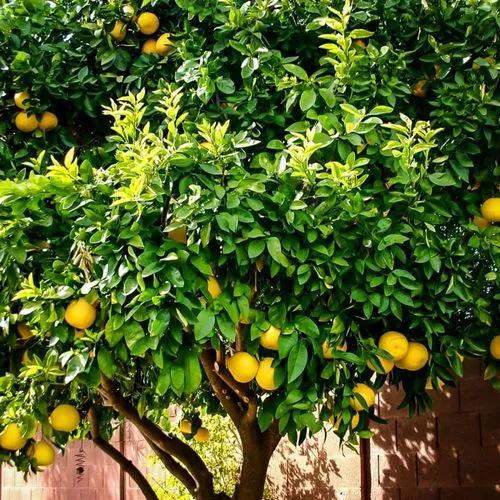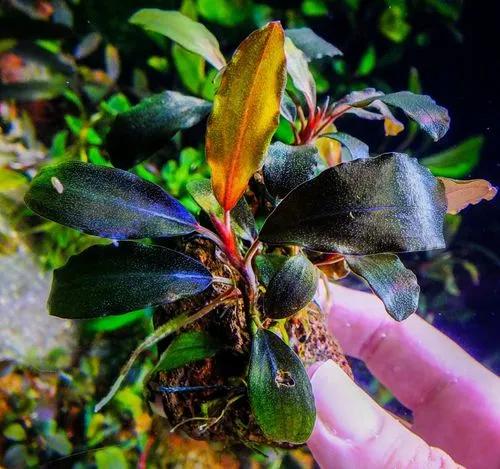Rorippa palustris, marsh yellow cress, is a species of flowering plant in the family Brassicaceae. It is widespread and native to parts of Africa, and much of Asia, Europe and Eurasia, North America and the Caribbean. It can also be found in other parts of the world as an introduced species and a common weed, for example, in Australia and South America. It is an adaptable plant which grows in many types of damp, wet, and aquatic habitat. It may be an annual, biennial, or perennial plant, and is variable in appearance as well.
Marsh Yellow Cress Care
Rorippa palustris



It produces an erect stem, sometimes with branches, attaining a maximum height of just over one meter. The leaves are up to 30 centimeters long and have toothed to deeply lobed edges. The inflorescence is a raceme of mustardlike flowers with spoon-shaped yellow petals each a few millimeters in length. The fruit is a dehiscent and smoothly valved silicle, up to a centimeter long, and containing anywhere from 20 to 90 minute seeds.
Rorippa palustris is native to, or naturalized across much of the globe
This plant is useful.
How to get rid of:
We sometimes recommend cutting off a plant at the base, as near the soil as possible and, within 5 minutes, painting an undiluted herbicide onto that cut root, using a disposable sponge brush. You need to do it quickly because the stem will begin to heal over to protect those underground rhizomes. If the invasion is still a small one, and you are willing to persist in finding the plants and using the painting method, as well as mowing, you can make good progress in maintaining it.
How to Care for the Plant

Popularity

182 people already have this plant 18 people have added this plant to their wishlists
Discover more plants with the list below
Popular articles






